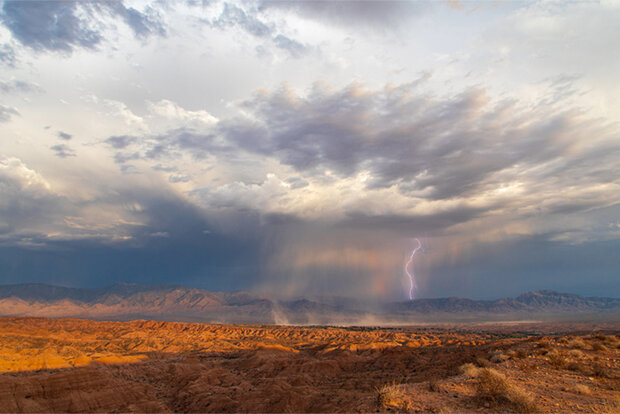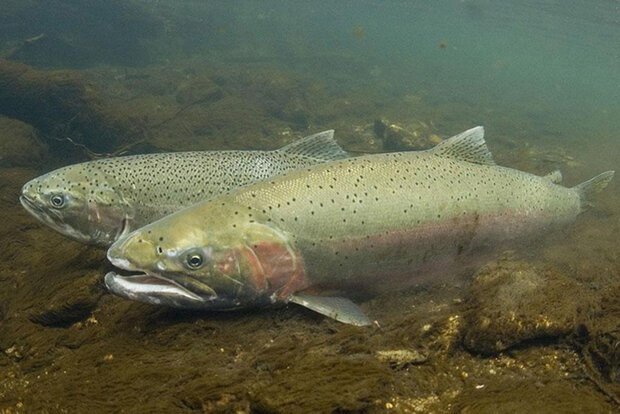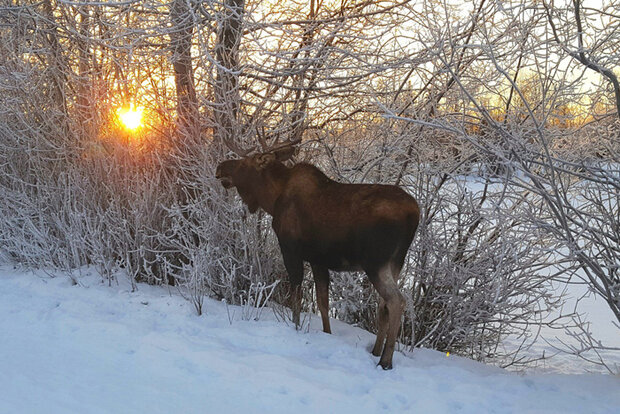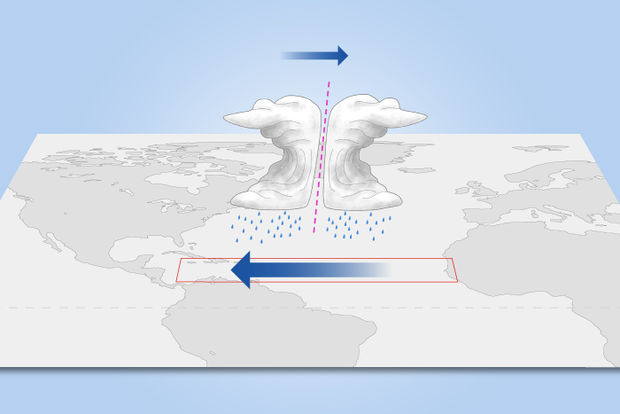ENSO Blog
La Niña continues! It’s likely that the La Niña three-peat will happen: the chance that the current La Niña will last through early winter is over 70%. If it happens, this will be only the third time with three La Niña winters in a row in our 73-year record. ENSO (El Niño/Southern Oscillation, the whole La Niña and El Niño system) has the greatest influence on weather and climate during the Northern Hemisphere cold season, so forecasters pay especially close attention when it looks like ENSO will be active in the winter.
Hopelessly Devoted to You
La Niña is present when the sea surface temperature in the east-central Pacific Ocean is at least 0.5 °C (0.9 °F) cooler than the long-term a…
Read article
When we discuss the El Niño-Southern Oscillation (“ENSO” for short) at the blog, we often take a rather human or physics-y view of the climate phenomenon. We've published loads of articles discussing the mechanics for how ENSO works in the atmosphere and the ocean, and how ENSO impacts humans from droughts and wildfires to floods. (Seriously, check out this index page covering all the ENSO blog posts to date.) But there is more to ENSO than physics and humans! Blasphemy, I know.
Because, from the very beginning, ENSO has been a tale about marine life impacts. You simply cannot tell the story of El Niño, for instance, without mentioning its impacts on the anchovy fishery off the coast of P…
Read article
I’m in San Diego this week, gazing out across the Pacific toward La Niña’s cool tropical ocean surface. (I’m not here for Comic-Con, but there are a lot of posters around the city that keep that upcoming event in the forefront.) Just over my horizon, La Niña—the cool phase of the El Niño-Southern Oscillation (“ENSO” for short)—remains in force, despite some warming in the sea surface temperature over the past month or so. Forecasters expect La Niña to continue through the summer and into the fall and early winter.
Ka-Pow!
Numbers-wise, there’s about a 60% chance of La Niña through the summer, ticking up a bit to the mid 60%s around 66% by October–December 2022. The second most like…
Read article
This is a guest post by Dr. Brian Brettschneider (@Climatologist49) who is a climate services program manager for the National Weather Service’s Alaska Region. In addition to being an expert on Alaskan weather and climate, he is an ENSO (and moose) aficionado, which makes him the ideal candidate to write this blog post!
Alaska is the land of cold and snow. Everything about the people, ecology, and landscape is defined by the climate. Low temperatures create permafrost zones and glaciers. Snow covers the land for four to eight months of the year. Freezes in summer months are not uncommon. Alaska is also home to some of the world’s largest moose. So why then do Alaskan people and moose care…
Read article
I’m definitely starting to sound like a broken record here! La Niña is favored to continue through the summer and into the winter. That said, chances of La Niña through summer have a fairly small edge over chances of a transition to neutral—52% for La Niña vs. 46% for neutral in July–September. There’s about a 59% chance of La Niña by early winter.
Dig deep
Speaking of broken records, let’s start with the sea surface temperature in the tropical Pacific. The three-month-average sea surface temperature anomaly in the Niño-3.4 region, specifically, according to the ERSSTv5 dataset. (The anomaly is the difference from the long-term average; long-term is currently 1991–2020.) This index…
Read article




